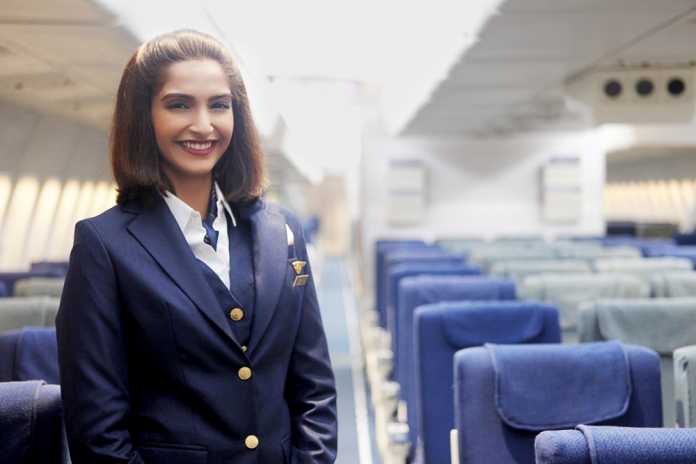Thirty years ago, the top career of choice for Indian women was to be an air hostess. The emphasis on beauty, grooming and etiquette was close to our very own finishing school. Air India recruited women from an elite social pool. Today, with our booming economy, the game has changed entirely. Although cabin crew has to work hard for long hours, their long-term prospects have changed. Earlier, these elite women would marry India’s elite businessmen – Maureen Wadia met her husband Nusli while flying for Air India. Parmeshwar Godrej, Sameera Mallya, and many others also made their matches while flying the skies.
Today, airlines hire from a much wider middle-class segment who are in it for the money rather than the glamour. These men and women recognise that with our rapidly developing economy, there are many jobs that will require the skills of cabin crew members if they want to move into other professions. Sevice training academies have cropped up all over the country to facilitate entry into an airline’s cabin crew training. So what does it take to become a cabin crew member?
Cabin crew work on board flights to ensure the safety and comfort of each passenger. The work of air hostesses and stewards is both challenging and rewarding; they are required to have discipline, excellent customer-facing skills, good presentation, knowledge of emergency and safety protocols, and they get the opportunity to travel not only all over India but also internationally.
WHAT ARE THE BASIC ENTRY QUALIFICATIONS?
A certificate from a service training academy shows that you are better equipped to handle the challenges of the field. However, these academies focus on soft skills.
Cabin crew recruiters look for people from all backgrounds and even if you have graduated out of an academy run by the airline, it will not guarantee you a job at the same airline. Cabin crew recruiters take candidates through a thorough selection process. The basic criteria they look for are the following:
- Should have studied up to 10+2 standard, no graduate degree is required
- Be over 18 years
- Pleasing personality
- Well spoken and well groomed
- Fluent in English
TRAINING
All airlines have their own training programmes. Once you pass the interview and are admitted into the programme, the training period varies from airline to airline. However, the basic regulations are always taught by airlines all over India. There are two parts to the training imparted by most airlines:
1. Service and Etiquette
2. Safety Standards and First Aid
Each of these have written and oral exams, conducted internally and by the DGCA (Director General of Civil Aviation). There is no qualifying exam to join, but there are a number of exams that you have to clear after joining an airline. If you fail your reattempt in the exam, then you will have to leave the training program. Murtuza Rai, a trainer with Kingfisher Airlines, says “There is a lot of training involved to get to this stage.
Volume 1 Issue 3



























